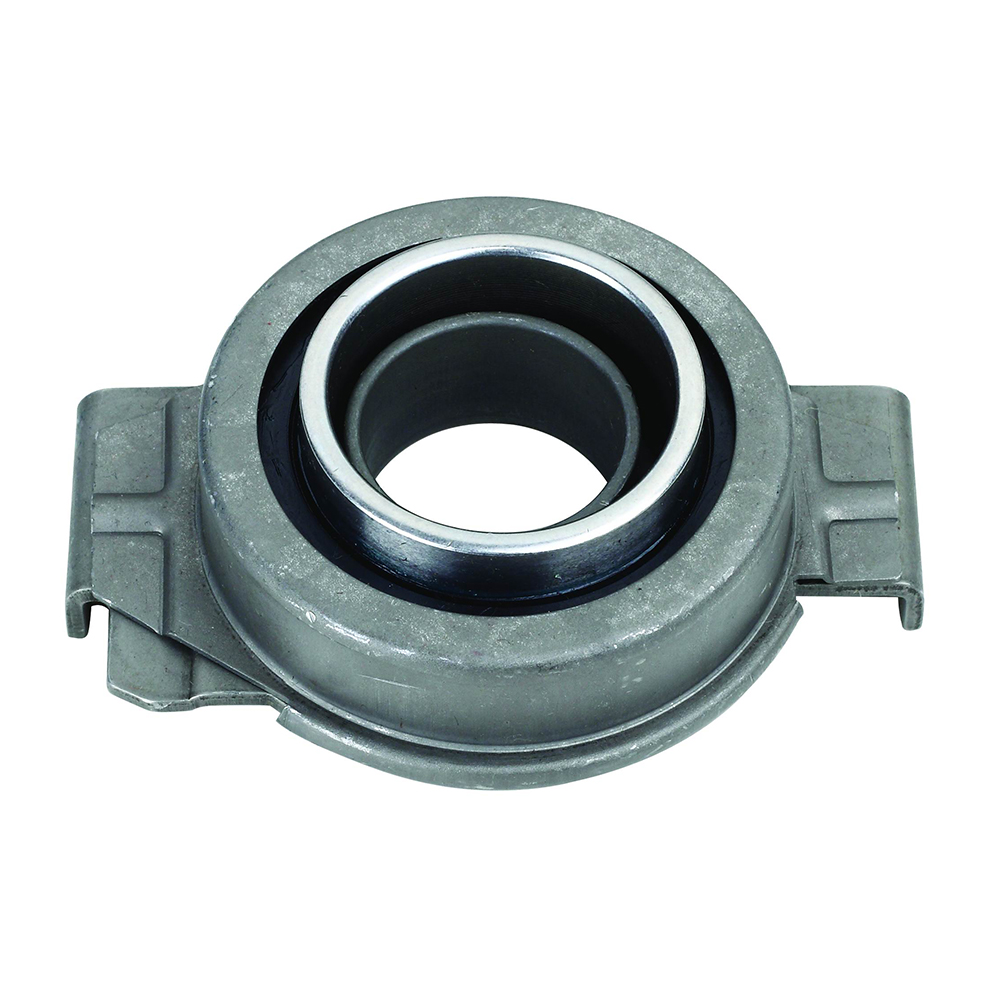The damage of the clutch release bearing has a lot to do with the operation, maintenance and adjustment of the driver. The reasons for the damage are roughly as follows:
1) The working temperature is too high to cause overheating
Many drivers often half-depress the clutch when turning or decelerating, and some have their feet on the clutch pedal after shifting; some vehicles have too much adjustment of the free stroke, which makes the clutch disengagement incomplete and in a semi-engaged and semi-disengaged state. A large amount of heat generated by dry friction is transferred to the release bearing. The bearing is heated to a certain temperature, and the butter melts or dilutes and flows, which further increases the temperature of the release bearing. When the temperature reaches a certain level, it will burn out.
2) Lack of lubricating oil and wear
The clutch release bearing is lubricated with grease. There are two ways to add grease. For the 360111 release bearing, open the back cover of the bearing and fill in the grease during maintenance or when the transmission is removed, and then reinstall the back cover. Just close; for the 788611K release bearing, it can be disassembled and immersed in the melted grease, and taken out after cooling to achieve the purpose of lubrication. In actual work, the driver tends to ignore this point, causing the clutch release bearing to run out of oil. In the case of no lubrication or less lubrication, the wear amount of the release bearing is often several to several tens of times the wear amount after lubrication. As wear and tear increases, the temperature will also increase greatly, which makes it more vulnerable to damage.
3) The free stroke is too small or the number of loads is too much
According to the requirements, the clearance between the clutch release bearing and the release lever is 2.5mm. The free stroke reflected on the clutch pedal is 30-40mm. If the free stroke is too small or there is no free stroke at all, it will cause the separation lever to interact with each other. The release bearing is in a normally engaged state. According to the principle of fatigue failure, the longer the working time of the bearing, the more serious the damage; the more times the bearing is loaded, the easier it is for the release bearing to produce fatigue damage. Moreover, the longer the working time, the higher the temperature of the bearing, the easier it is to burn, which reduces the service life of the release bearing.
4) In addition to the above three reasons, whether the separation lever is adjusted smoothly, and whether the return spring of the separation bearing is good, also has a great influence on the damage of the separation bearing.
Post time: Oct-26-2021


